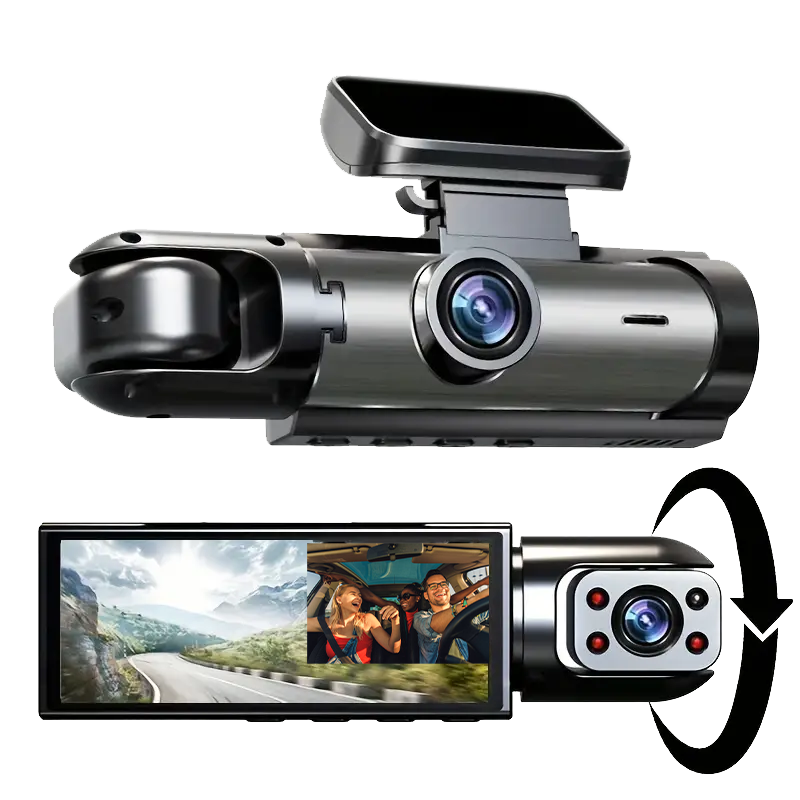
Nissan Prairie First Generation 1982- 1988

| Nissan Prairie | |
|---|---|
 |
|
| Overview | |
| Manufacturer | Nissan |
| Also called | Nissan Multi Nissan Stanza Wagon |
| Production | 1982–1988 |
| Assembly | Nissan Shatai Shonan, Hiratsuka, Kanagawa, Japan |
| Designer | Naganori Ito |
| Body and chassis | |
| Class | Compact MPV |
| Body style | 5-door minivan |
| Layout | Front engine/front wheel drive, AWD |
| Related | Nissan Sunny Nissan Pulsar Nissan Vanette |
| Powertrain | |
| Engine |
|
| Transmission | 3-speed Automatic 4-speed automatic 5-speed manual |
| Dimensions | |
| Wheelbase | 2WD: 2,515 mm (99.0 in) 4WD: 2,525 mm (99.4 in) |
| Length | 2WD: 4,326 mm (170.3 in) 4WD: 4,229 mm (166.5 in) |
| Width | 1,666 mm (65.6 in) |
| Height | 2WD: 1,575 mm (62.0 in) 4WD: 1,615 mm (63.6 in) |
| Curb weight | 1,020 kg (2,249 lb) |
The Nissan Prairie, known in Canada as the Multi and the United States as the Stanza Wagon, was equipped with a four-cylinder engine, with either a manual or automatic transmission.
Available with front wheel drive or optional four wheel drive, the vehicle had rear passenger sliding doors on both sides of the vehicle, and a folding rear seat, designed to increase the carrying capacity of the passenger compartment. The rear tailgate opened upwards as one complete unit, in a similar fashion to a hatchback or station wagon. The Prairie competed with the Toyota Sprinter Carib with a similar wagon approach, Mitsubishi Chariot, and the Honda Shuttle.

Nissan Stanza wagon (USA-spec)

1987 Nissan Multi (Canada-spec)
The Prairie resembled a tall station wagon / estate with the addition of sliding side doors. It was available with five seats, though seven were available. It was developed from the Nissan Sunny platform, while using the powertrain from the Nissan Stanza. It was a companion model to the more traditional cabover Nissan Vanette, offering buyers a choice of appearance and flexibility.
The concept was inspired by the Lancia Megagamma show car from Giorgetto Giugiaro and ItalDesign, shown in 1979.
It was originally launched in Japan with a 1.5 L Inline-four engine mated to a five-speed gearbox, followed shortly after by a 1.8 L and a 2.0 L engine (certain markets only). A four wheel drive version followed later in the car's life. An extensive accessories and options list was available in the Japanese Domestic Market, including a kit that effectively turned the vehicle into a campervan
The vehicle was launched as the Datsun Prairie in Europe and was rebranded to Nissan along with the rest of the range from 1984, at first featuring 'Datsun by Nissan' badging and then solely 'Nissan' badging from 1985. However, as Prairie was a slow but steady seller, some instrument clusters remained with the Datsun script featuring on the centre of the speedometer. Nissan tried, with partial success, to cover over the script a grey sticker over the plastic fascia of the instruments, rather than on the speedometer itself. The 1.5L engine was dropped from the UK market sometime after the 1986 facelift with the 1.8 being the sole engine offered. From the facelift (larger front lights, larger front indicators with additional side repeat indicators, trim improvements, redesigned rear tail light clusters) onwards the UK model was available either in 1.5 GL, 1.8 SGL or 1.8 SGL Anniversary II specification (featuring two-tone paint, electric front windows, electric steel sliding sunroof, Power Assisted Steering and a dealer applied 'Anniversary II' badge on the tailgate). The Prairie was sold with a 3-year 100,000 mile warranty and a 6-year anti-corrosion warranty.
The European 1.5 produces 70 PS (51 kW), while the later 2.0 offered 102 PS (75 kW). Four-wheel-drive was introduced along with the larger engine.
The first generation Prairies were innovative vehicles - featuring no B-pillar between the front and rear doors (instead the interlocking front and sliding rear doors locked onto both the floor and roof of the vehicle); front seatbelts mounted on the doors (excluding the US versions) that facilitated a totally unimpeded side entrance; front seats that could be slid all the way to the front of the passenger compartment and fully reclined; rear seats that could not only be folded away conventionally, but could also be reclined fully to make a double bed (in combination with the front seats); rear window winders that folded into themselves (to prevent catching when the doors were slid open); tailgate that opened to the floor of the luggage compartment (the center section of the rear bumper was mounted on the tailgate); optional front-facing third row of seats. This type of entry was later introduced on the Toyota Isis, but only on the passenger side.
Some reviewers commentated that when driven hard undesirable body characteristics were exhibited, possibly due to the combination of missing B-pillar and torsion beam rear suspension.
